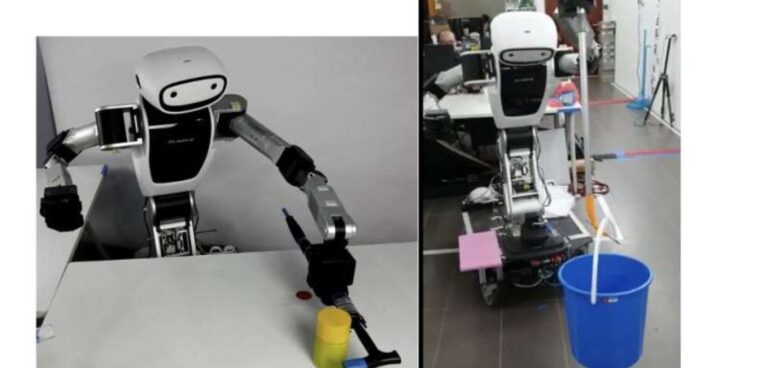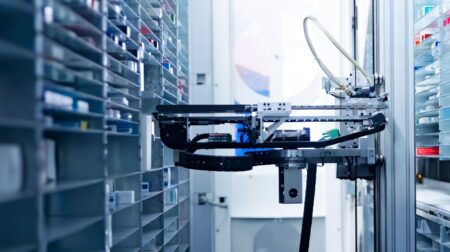Scientists at Institute for Infocomm Research (I2R) Singapore and Laboratoire d’Informatique, de Robotique et de Microélectronique de Montpellier (LIRMM) in France have built a framework to support robots in identifying potential tools in their environment.
This includes items that are totally unfamiliar to the machine, the two organisations claim.
The research, published in Nature Machine Intelligence, reportedly has the potential to improve robots’ ability to perform complex tasks that require tools, without prior programming or training.
“Humans are amazing at recognising random objects in their environment as potential tools, and using them as such,” said Ganesh Gowrishankar, one of the researchers.
“Similar abilities can be very useful for robots and can enable them to be innovative in ‘unstructured’ (that is non-modelled and unpredictable) environments.
“For example, imagine a rescue robot in a disaster scenario being able to independently (without human help) solve tasks and pass obstacles using available debris as tools.”
Past studies have focused largely on robots’ use of tools with prior training.
The team realised that humans often use the shape of their own hands or arms to determine a tool’s utility. This idea formed the basis of the framework.
Essentially, the framework allows robots to use tools to complete any task they are capable of performing without tools. It only requires that the robot has integrated cameras or sensors that allow it to perceive objects in its environment.
As accurate visual perception in robots remains a challenge, however, the potential of the framework is limited.
To recognise a tool as useful, a robot needs additional layers of perception that allow it to connect the perceptible qualities of an object with its dynamic features.









